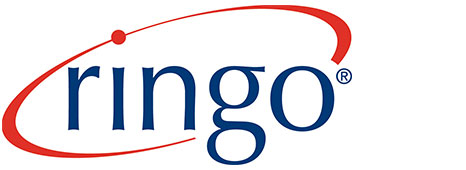The Rising Cost of Contract Labor

Rising Labor Expenses
Over the last 2-3 years, contract labor expenses in the healthcare industry have skyrocketed. According to Becker's Healthcare, "Labor expenses are a growing proportion of total expenses, a trend that is unlikely to change."
This is due, in part, to the increased need for specialized healthcare professionals like travel nurses and temporary staff, reliance on staffing agencies, regulatory costs, operational disruptions, and a shortage of healthcare professionals. As a result, healthcare organizations must find ways to manage contract labor more effectively, ensuring it remains at a healthy ratio to revenue.
Visibility and Data
There is little visibility into the breakdown of expenses related to labor costs. Organizations must closely monitor and track contract labor as a percentage of revenue. This metric is crucial for identifying inefficiencies and opportunities for improvement.
To achieve greater control of your costs you need visibility into your overall expenses. Uncovering rates and spending ultimately drive down overall costs and improve the supplier experience.
Total Workforce Management
To effectively manage and optimize the use of contract labor, there must be a shift towards a more balanced and potentially less costly mix of permanent and contract workers. Total workforce management can lead to better financial performance and a more competitive position in the market.
A VMS delivers a total workforce management approach providing a scalable model for success.
Solutions to Reduce Costs
Streamlined Procurement Process
A VMS centralizes the procurement of contract labor, reducing administrative overhead and ensuring consistency in hiring practices. By standardizing pay rates across the board, a VMS helps prevent overpayment for similar roles and ensures compliance with budgetary constraints.
Improved Vendor Performance Management
Performance tracking enables hospitals to identify and retain high-performing vendors while discontinuing relationships with underperforming ones. Ensuring high-quality staffing reduces costs associated with rehiring and training and potential patient care issues.
Enhanced Compliance and Risk Management
A VMS ensures that all contract labor hires comply with local, state, and federal regulations, reducing the risk of costly legal issues.
Credentialing management workflows track and verify the credentials of contract workers, ensuring that only qualified individuals are hired, which can reduce the costs related to errors or malpractice.
Data-Driven Decision Making
Detailed analytics and reporting capabilities, allow hospitals to make data-driven decisions regarding staffing needs and vendor management. By analyzing historical data, hospitals can better forecast future staffing needs and budget accordingly with a VMS that delivers real-time data to measure performance.
Cost Control and Savings
Centralizing contract labor through a VMS can give hospitals more negotiating power with vendors, potentially securing better rates and terms.
Automating the hiring process with solutions like consolidated billing reduces the administrative burden on HR departments, resulting in cost savings.
Efficient Resource Allocation
A VMS can provide real-time visibility into the availability of contract workers, ensuring that staff are allocated efficiently and reducing the need for last-minute, often more expensive, hires. Efficient shift management helps reduce overtime costs and ensure optimal use of the workforce.
Strategic Workforce Planning
Maintaining a robust talent pool, ensures that hospitals have access to qualified workers when needed, thereby reducing dependency on more costly temporary staffing agencies. A centralized staffing model facilitates smoother transitions from contract to permanent roles, often at a lower cost than traditional hiring methods.
Leveraging a VMS
By leveraging a VMS, hospitals and healthcare systems can achieve greater control over their contract labor costs, improve operational efficiency, and enhance the overall quality of patient care.




